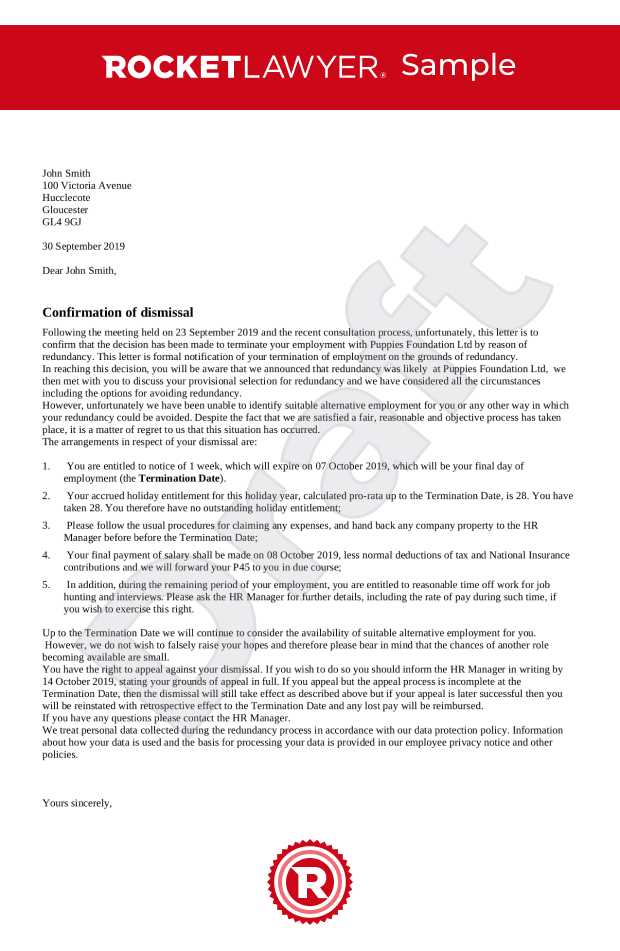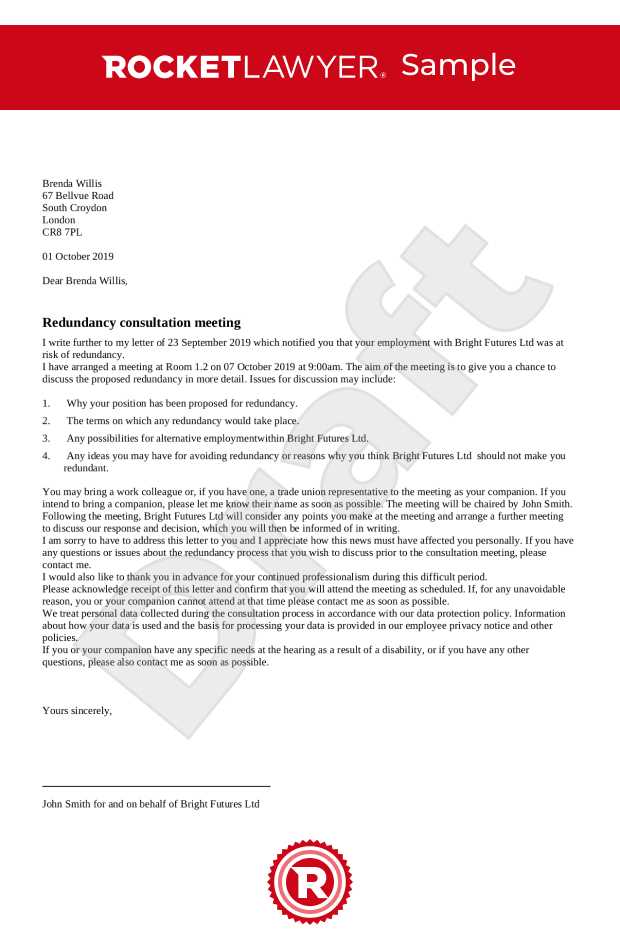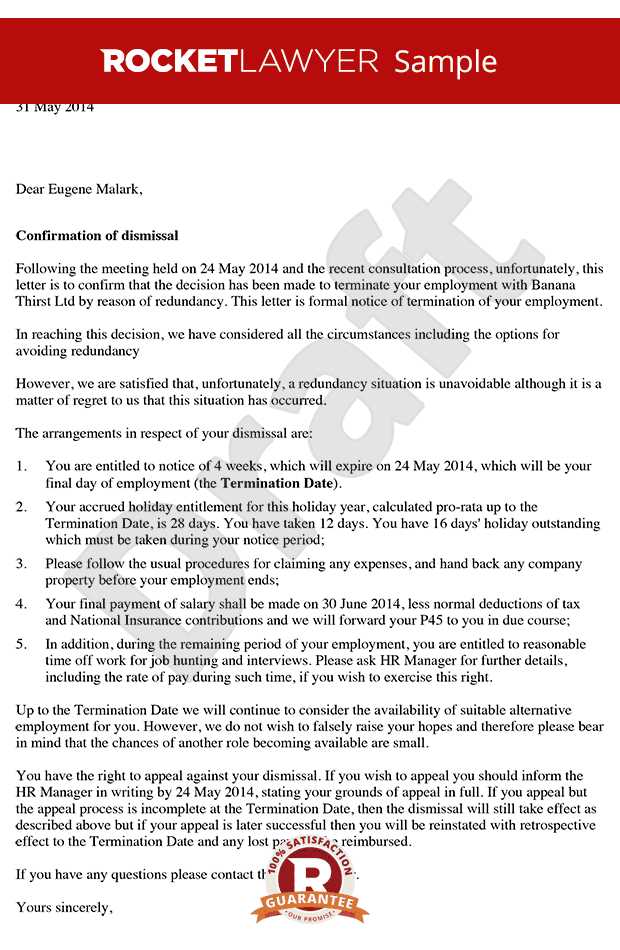How to Write a Voluntary Redundancy Letter to Employer Template

Sometimes, an individual may decide to leave their current role as part of a mutually agreed decision with the organization. This type of departure can be initiated by the worker, often in response to personal circumstances or an offer from the company itself. The process involves submitting a formal request, ensuring clarity and professionalism in the communication.
Key Information to Include

When preparing your request for separation, it’s important to cover several essential details. This will help ensure your message is clear and meets the expectations of both parties:
- Your intention – Clearly state that you wish to step down from your position.
- Effective date – Specify when you would like your departure to take place.
- Reason for leaving – While optional, providing a brief explanation can be helpful.
- Gratitude – Always express appreciation for the opportunities and experience gained during your tenure.
Choosing the Right Tone
It’s crucial to maintain a respectful and professional tone. Even if the decision to leave was not easy, ensuring that your communication remains courteous will leave a positive impression. Avoid emotional language and focus on the facts to ensure clarity.
Template for Creating a Request
Here’s an example of a structure you can follow:
- Begin with a formal salutation.
- Express your decision to resign from your role.
- Indicate the intended date of your departure.
- Offer thanks for the experiences gained.
- Conclude with a polite closing.
Common Pitfalls to Avoid
While crafting your resignation request, there are some common mistakes to be aware of:
- Being vague – Always be clear about your intentions and reasons.
- Failing to proofread – Spelling and grammar errors can harm the professionalism of your message.
- Not being timely – Ensure you give your employer ample notice before your departure date.
Understanding Separation from Employment
When deciding to part ways with your current role, there are various approaches one can take. The process of voluntarily exiting a position requires careful consideration of the timing, the reasons for departure, and how to approach the communication with the organization. Crafting the right message is essential to ensure a respectful and professional transition.
When to Consider Stepping Down

Before making the decision to leave, it’s important to assess the circumstances carefully. Consider personal reasons, career opportunities, or any offer from the company that might make this a suitable time for a change. Timing your exit effectively can also impact the benefits you might receive and the relationship you maintain with the company after your departure.
Essential Elements of the Request

When preparing your resignation communication, there are a few key points that should be included. Make sure your intention is clearly stated, along with the proposed date of leaving. It’s helpful to acknowledge the support or opportunities you’ve had during your time in the role. Keep your message concise and clear to avoid any misunderstandings.
Maintaining a polite and composed tone throughout the message is crucial. A professional approach will ensure you leave on positive terms, preserving your reputation and future prospects. Avoid any negative language, even if the situation leading to your decision was challenging.
Below is a simple structure for your communication:
- Begin by stating your decision to resign.
- Provide the expected departure date.
- Express gratitude for the experience gained.
- Conclude with a polite closing.
Common Mistakes to Avoid
While drafting your resignation communication, be mindful of common pitfalls. Avoid vague language, ensure there are no grammatical errors, and give proper notice. A well-prepared message will help ensure a smooth transition and leave a lasting positive impression.